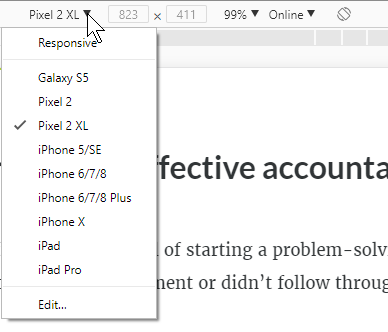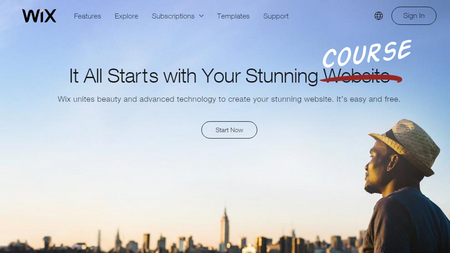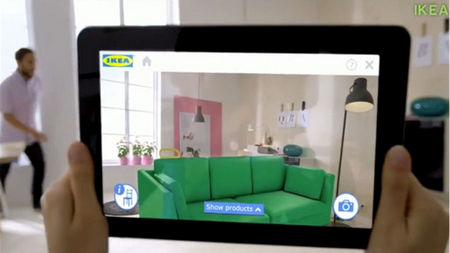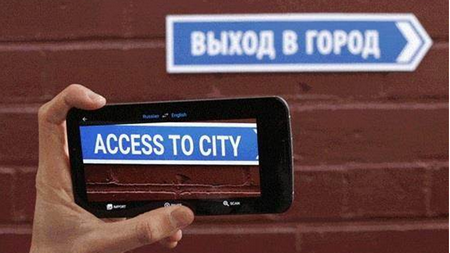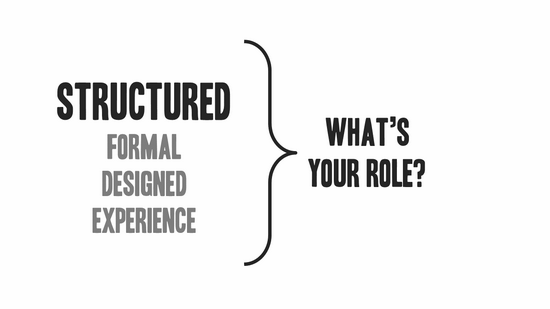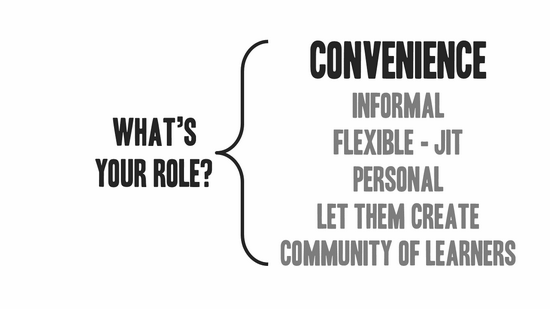Looking to learn more about what’s trending in education? Here’s a recap of some of this week’s top education news. Let us know what you think about this week’s news in the comments below.
3 Takeaways From a Book-Length Federal Report on ‘The Condition of Education’
Chronicle of Higher Education
…The report, which covers the education life cycle from child-care expenses to employment outcomes, provides a useful reminder of the many ways in which the higher-education landscape differs from popular perceptions of it.
New Federal Data Also Show Enrollment Declines
Inside Higher Ed
Undergraduate enrollment in the United States, widely measured as decreasing for the last six straight years, fell by more than half a percent from fall 2015 to fall 2016, according to newly released data from the National Center for Education Statistics.
Here’s How Western Governors U. Aims to Enroll a Million Students
Chronicle of Higher Education
…The nonprofit university, known for its competency-based teaching approach, has just created a stand-alone organization, WGU Advancement. It will raise money to create new degree programs, as well as new educational models designed to reach tens of millions of adults who need additional skills to succeed in the work force.
Enrollment Declines Steepest in Midwest and Northeast
Inside Higher Ed
Overall college enrollments continue to slide, according to the latest data from the National Student Clearinghouse Research Center, a nonprofit that tracks 97 percent of students who attend degree-granting institutions that are eligible to receive federal financial aid.
Reading the Trend Lines Reshaping Education: A Look at Bryan Alexander’s Book in Progress
EdSurge
This week EdSurge sat down with perhaps the most well-known futurist of higher education, Bryan Alexander, who is working on a new book tentatively titled Transforming the University in the 21st Century, The Next Generation of Higher Education, expected to come out next year.
‘Higher Education’ Isn’t So Popular, Poll Finds, but Local Colleges Get Lots of Love
Chronicle of Higher Education
Democrats and Republicans both see a need for improvements in higher education. But they also really like their local colleges and universities. Those are two of the key findings from polling by New America, a research organization that on Monday released its second annual survey of views on higher education.
The post Blackboard Trend Report: 5/25/2018 appeared first on Blackboard Blog.
Blackboard Trend Report: 5/25/2018 original post at Blackboard Blog

